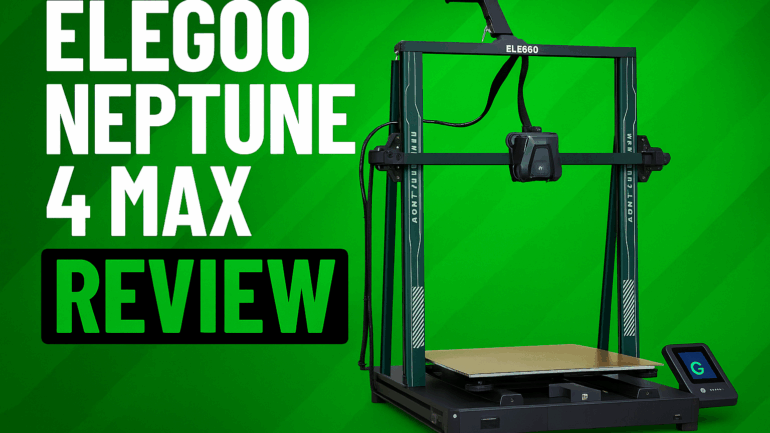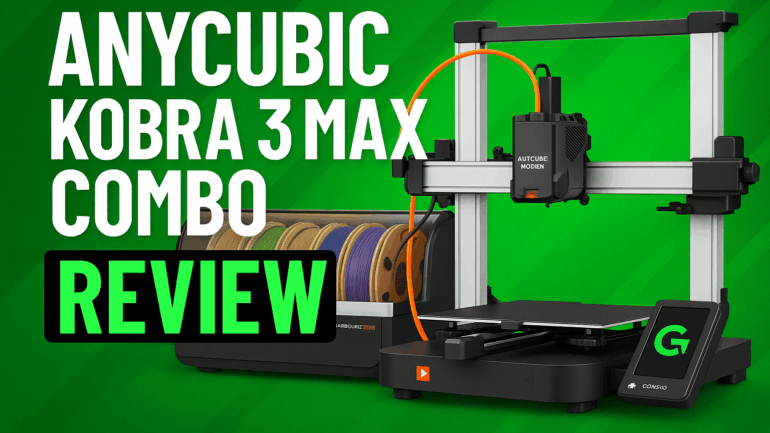Overview
The Bambu Lab X1-Carbon was designed to push consumer-grade FDM printing into a new generation of speed, automation, and aesthetics. Featuring LiDAR-assisted first layers, AI failure detection, and carbon rod motion systems, the X1C launched as one of the most advanced CoreXY printers ever released under $2,000.
While we’ve tested dozens of printers across various brands, the X1C holds a unique position—it was the first machine we evaluated that required no modification out of the box. But like many high-end systems, polish doesn’t always guarantee perfection.
Print Performance Analysis
Despite its focus on speed, the X1C can produce high-resolution models with crisp detail and surprisingly tight tolerances. When dialed in, it delivers reliable prints with consistent first layers—even on challenging geometries.
| Job Type | Performance Summary | Common Issues |
|---|---|---|
| PLA Speed Prints | Sub-20 min Benchy, great detail | Minor ringing on vertical curves |
| PETG Functional Prints | Excellent adhesion, dimensionally accurate | May need slowed outer walls for clarity |
| Multi-Day Jobs (AMS) | Consistent filament handling, good fusions | AMS unit occasionally misfeeds or fails |
| High Detail Resin-Like | Fine detail via slow-speed tuning | Needs tuning for layer line smoothing |
CoreXY Motion & Frame Stability
The CoreXY kinematics, carbon rods, and dual Z motors create one of the most stable consumer systems we’ve tested—at least mechanically. Combined with active input shaping, it delivers excellent top surface finishes and clean corners.
| Component | Notes |
|---|---|
| Carbon X & Y Rods | Lightweight, high stiffness reduces inertia at speed |
| CNC Machined Frame | Exceptional rigidity, especially during tall prints |
| Belt Tension System | Pre-tensioned, rarely requires adjustment |
| Input Shaping | Reduces ghosting; very effective when printing fast |
Smart Features & Ecosystem
From automatic first layer inspection to remote fleet control, Bambu OS and the cloud ecosystem are clearly built with the user in mind. The mobile app is one of the best in the industry, and the firmware is updated frequently.
| Feature | Value Add | Limitations |
|---|---|---|
| LiDAR 1st Layer Calibration | Useful on textured plate, especially for PETG | Less accurate on glossy or smooth surfaces |
| AI Spaghetti Detection | Works ~80% of the time during obvious failures | Can falsely pause if supports break off |
| Bambu Studio & App | Clean UI, strong slicer presets, cloud integration | Offline slicing limited unless sideloaded |
| Remote Print Management | Full control from mobile or web | Needs constant cloud sync; limited LAN mode |
AMS: Multi-Material Capabilities
The AMS (Automatic Material System) allows for up to 4 spools to be swapped mid-print, enabling color changes or support material use without user intervention. It’s brilliant in theory—but not without flaws.
| AMS Feature | Strengths | Weaknesses |
|---|---|---|
| Multi-Color Support | Easy to use, presets available | Purge waste can be excessive (~10–20g/color) |
| Smart Spool Reading | NFC spool detection streamlines setup | Non-Bambu spools may misread or jam |
| Filament Drying | Dry box is sealed and air-regulated | Humidity control isn’t perfect on long jobs |
| Reliability | Works ~90% with new firmware | Older AMS units are prone to jamming |
Support & Serviceability
This is where the X1C stumbles. While Bambu ships replacement parts rapidly (often within 48 hours), their support response times remain underwhelming. Tickets can take days to escalate, and solutions often feel copy/pasted.
| Category | Evaluation |
|---|---|
| Email Support | Slow, often non-personalized replies |
| Hardware Replacement | Very fast part delivery (1–2 days typical) |
| Documentation | Extensive, includes teardown & tuning info |
| Community Support | Strong Discord/Reddit presence |
Real-World Notes
One of our testers—new to 3D printing—used the X1C as their introduction to the hobby. In less than a week, they were producing accurate parts across multiple materials with no need for tuning. That kind of polish is rare.
However, reliability across multiple units was inconsistent. One AMS failed, and another printer had a minor toolhead rattle traced to a loose screw inside the print head housing. While these weren’t deal-breakers, they did lead us to delay purchasing additional units.
Notable Limitations
-
Small build volume for its price class (256×256×256mm)
-
No quick-change nozzle—requires partial teardown
-
Cloud dependency can slow workflow for offline users
-
Support quality lags behind competitors like QIDI
How It Compares
| Printer | Build (mm) | Max Temp | Multi-Material | Speed | Price |
|---|---|---|---|---|---|
| Bambu Lab X1C + AMS | 256×256×256 | 300°C | ✅ AMS (4 colors) | 500 mm/s | ~$1,199 Bambu |
| QIDI Tech X-Plus 4 | 280×300×300 | 370°C | ❌ (planned BOX) | 120 mm/s | ~$599 QIDI |
| Prusa MK4 | 250×210×220 | 300°C | ✅ MMU3 (addon) | 250 mm/s | ~$1,099 Prusa |
| Creality K1 Max | 300×300×300 | 300°C | ❌ | 600 mm/s | ~$999 Creality |
Pros & Cons
| Strengths | Limitations |
|---|---|
| Excellent slicer and cloud tools | Weak customer support |
| High-speed printing with respectable quality | Small build volume |
| Multicolor support via AMS | AMS has reliability quirks |
| Service parts available and fast to arrive | No quick-change nozzle mechanism |
🟩 Conclusion: 4.5 / 5 Stars
The Bambu Lab X1-Carbon is one of the most user-friendly and technically advanced FDM printers on the market. It blends raw speed, AI-driven quality control, and multicolor capability into a machine that feels polished—almost too polished for tinkerers.
It’s not without its flaws: support is frustrating, the build volume feels cramped for the price, and AMS reliability varies by unit. But if you’re seeking a plug-and-play machine that just works—especially as a first printer—this is a compelling choice.
✅ Our Recommendation
We recommend the X1C to hobbyists and professionals who prioritize polish, automation, and speed. Its ecosystem is maturing rapidly, and its slicer and firmware receive constant updates.
Still, users who demand full control, offline workflows, or wide material compatibility may find the Bambu ecosystem restrictive. If you’re printing large or industrial parts, the QIDI X-Plus 4 or a Voron may offer more flexibility.
Great for those who want stunning prints without the hassle—but not the machine for hardware hackers.
⭐ Final Score Breakdown
| Category | Rating (out of 5) |
|---|---|
| Build Quality | 5.0 |
| Print Reliability | 4.5 |
| Speed | 5.0 |
| Material Compatibility | 4.0 |
| Multi-Material Handling | 4.0 |
| Software Ecosystem | 4.5 |
| Support Quality | 3.0 |
| Overall Rating | 4.5 / 5 Stars |


